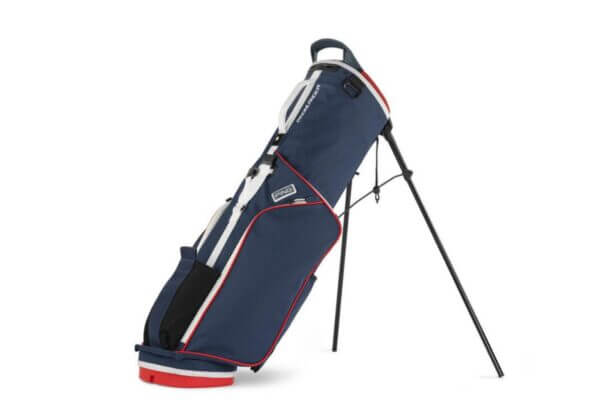Not every golf bag can take the coveted spot as the Best Overall or Most Wanted from our reviews but there are still plenty of bags that spark our interest. From cart and stand bags, to Sunday and travel options, these bags may not have made the top pick but they’re still worth calling out based on function, storage and organization, weight and/or durability.
Maybe you’re already familiar with these brands or they’re brand-new to you. Either way, don’t let these overlooked golf bags from MyGolfSpy’s Most Underrated list escape your attention.
Vessel Player V DXR
The Vessel Play V DXR not only looks good; it performs as a premium stand bag, too. It finished second in our 2025 Best Stand Bag test with a 9.6/10 score, thanks to its sleek design, DXR ripstop material and Rotator Stand System. Whether you’re walking or riding, this bag is a mix of style and substance almost any golfer can appreciate.
Sunday Golf Ranger
The Sunday Golf Ranger may fly under the radar but it’s a carry bag worth noticing. It’s packed with storage (including rubberized dividers), has a buttery-smooth double strap and carbon-fiber legs that stay put. However, some may say the real star of this bag is the magnetic frosty pocket that keeps your drink chilled and ready. The all-black beauty earned a 9.5 rating
PING Moonlander
PING certainly has a great reputation for its golf bags but the Moonlander may not get the glory compared to other styles in the PING lineup. It’s ideal for anyone who needs a lightweight bag while sticking within a budget. Sure, it may not have as many bells and whistles as others but it’s one of the best lightweight stand bags of 2025.
















